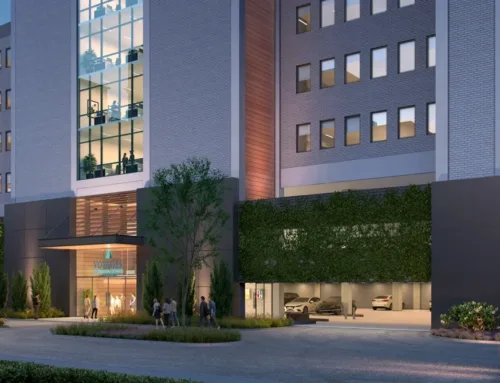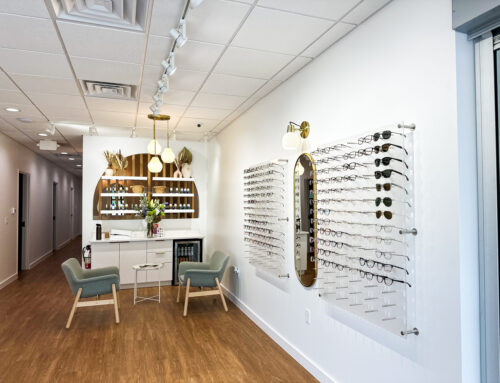Last night Mayor Mike Rawlings was at St. Matthew’s Episcopal Church in East Dallas answering questions about Dallas. After a short opening speech, he spent almost an hour answering questions posed by neighbors via flashcards. Here are some of the things people wanted to know:
About neighborhood walkability:
Rawlings says there’s a lack of sidewalks in Dallas, in general — not just East Dallas. The way you get money is through bond programs, he says. “The problems is that we’ve run out of our credit cards and I’m not a fan of making our bond programs bigger and bigger and bigger.”
Why does Dallas continue to waste money on the Trinity Toll Road project?
“I am in total agreement with the goal of that question,” he begins. “The Trinity green space, the Trinity River Corridor will be the most transformational project in the 21st century of Dallas. It is the play. The premise of the question is that there is money that is being spent on this that could be spent on that. That’s not quite correct. There is different money in different pools, and whole question of the parkway itself is one of using the state money and the NTTA’s (North Texas Tollway Authority) money. It’s not a matter of pulling money from Parks & Rec to use it, where Parks & Rec would have more. The other part of that, that I think people I don’t always understand fully is for us to accomplish the visions we want — that I think we all want in the Trinity River Corridor — is that the role of philanthropy is going to be extremely, extremely important. We’re going to have to raise millions and millions. Tens of millions of dollars. Probably in the realm of a hundred million dollars from private money in order to accomplish those things because — once again coming back to the bond issue — we don’t have a lot of money for those lakes that we want, the trails that we want. $85 million has been spent of city money. Most of that has gone to create the plans in place, and if you are against the parkway, you would say that money has been wasted, and that’s not what we’re talking about. Really to accomplish the big vision, I see this as a couple-hundred million dollar project, but that will be driven by economic development on either side of that river as well. But we’ve got to be able to get people down to that river, and so the thing that I’m looking at and the thing that I’m excited about.”
About sustainability and livability issues:
“It’s a really, really important issue as we look at what are the next couple of decades with this city and what it’s going to look like in 2040,” he says. “There are several environmental issues that we need to think about.” Rawlings says he’s most worried about the traffic jams, which is why he says he’s a “supporter of alternative transportation methods,” such as a trolley that will begin in South Dallas and take people downtown. Also, he pointed out that water is a limited resource and therefore is something the city needs plan around.
Wouldn’t it make sense to use any transportation funds available to Dallas for people who live in Dallas, instead of making it easier on people who live in the suburbs and are passing through? (i.e. we need another highway like we need another pothole.)
“Yes, our intent must be for the safety and mobility of Dallas citizens first and foremost. So that’s premise one; you can’t argue that our money needs to be spent that way. Again, these are from two different piles of where we can get the money from. For fixing potholes, we have to spend money out of city budget. For building highways, those funds come from different state and regional budgets.”






